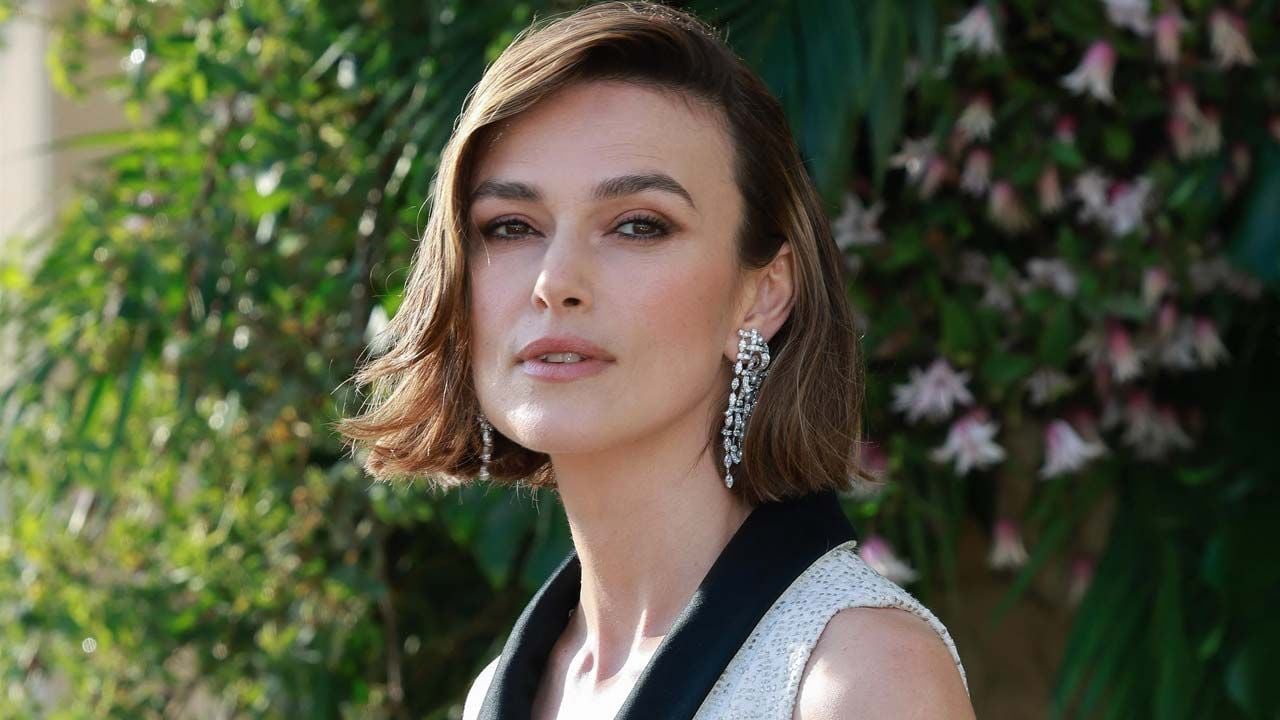Vinyasa yoga is a popular trend and can be found in most yoga studios. Yoga Vinyasa is a system of dynamic breathing practices. During the session, dynamic poses are performed in a continuous sequence. Vinyasa is usually practiced to melodious music in a dimly lit room.
Most people identify Ashtanga as traditional Indian yoga. Each time you repeat the same series of postures. It consists of Sun Salutation A, Sun Salutation B and various postures. Classes usually take place without musical accompaniment, and sometimes without verbal instructions – in complete silence.
In the practice of Iyengar, the emphasis is on the correct alignment of the whole body through asanas and pranayamas. Pranayamas are breathing practices whose purpose is to control internal energy. As part of the session, special props are used, such as rollers, blankets, blocks and belts. This style of yoga is usually taught without music and at a slower pace so students can deepen the yoga poses.
A Bikram yoga session, or hot yoga, consists of 26 classic yoga poses and 2 breathing exercises. The lesson is practiced in unusual conditions: for 90 minutes you do the exercises in a room where the temperature reaches 40 degrees of heat and the humidity is 40%.
Power yoga is a more active and challenging version of classic hatha yoga. Although many trainers believe that classical yoga is power. In training, you repeat the poses of Ashtanga yoga, but at a faster pace. Additionally, strength exercises are added to the practice to work the upper and lower parts of the body.
Anytime you can add new exercises to the training program, so it’s a great option for those who like variety. The lesson is usually accompanied by rhythmic and positive music.
Kundalini is more of a meditative practice for complete relaxation. Most often, this style of yoga is used as a healing process. The course includes meditation and chanting techniques, as well as simple exercises to develop flexibility.
How to start yoga from scratch and choose the right direction? We explain how to do it.
The main types of yoga and which are suitable for:
- Hatha yoga is generally suitable for beginners because it is slower and more consistent.
- Vinyasa, Ashtanga and Power yoga classes can be more challenging. It is therefore best to start with classical yoga. Of course, you can start doing strength exercises and gradually progress from easier to more difficult.
- Iyengar pays great attention to the proper alignment of the body and the development of its flexibility. If your goal is correct posture and plastic muscles, choose Iyengar yoga.
- hot yoga. This style of yoga is more suitable for those who enjoy unusual practices. However, if you can’t stand the heat, it’s better to abandon the “hot” idea.
- Kundalini yoga is a great option for those who just want to relax and overcome daily stress.
Wherever you practice, you need the right yoga mat. A bad mat will not only cause inconvenience in the classroom, but can also lead to injury during training. Learn how to choose the right yoga mat.
If you don’t know where to start, feel free to choose a medium length rug, slightly longer than your height in centimeters. A thick mat is perfect for training because an extra thin mat will not give you a soft landing. In addition, heavy and thick carpets are better fixed to the floor, which is their main advantage. How are you going to do yoga if the mat slips under your feet every time? Answer: no way.
Thicker mats provide additional padding and are better suited for complex dynamic practices or concentration positions.
Light and airy mats are suitable for travel and outdoor practice. Only in such a situation can damping be sacrificed.
What materials are yoga mats made of and which is the best?
PVC. The material is plastic based. PVC is a fairly durable and easy to clean material. The main disadvantage of such mats is that the material does not absorb moisture and quickly becomes slippery when you sweat.
Thermoplastic elastomer. Such material is created from an artificial mixture of plastic and rubber polymers. Elastomeric floor mats are a more sustainable option as they are recyclable. Unfortunately, elastomer is not as wear resistant as PVC. But the material provides quite a strong grip on the floor – you don’t have to worry about that.
natural materials. Typically, rugs are made from natural rubber, organic cotton, or jute. Compared to other options, eco-mats are slightly less grippy, but easily conform to your body. Eco-materials only lose one point – they are short-lived.
How to do yoga correctly? First, familiarize yourself with the technique and the basic postures and asanas. To do this, it is not necessary to register with a professional trainer, you can watch a series of training videos for beginners. Choose a video or class that can solve your yoga problems:
Before starting any yoga practice, be sure to find out for yourself why you want to do it. Yoga can replace fitness, become a practice of meditation or spiritual healing. Think about what exactly you want to get out of the courses.
Your bare minimum is a yoga mat. You may need additional rollers, blocks or belts to practice. Also, choose comfortable clothes for the class. It is not necessary to buy special clothes for yoga. Leggings, a t-shirt and a sports bra are what you will definitely need for a comfortable practice.
How to start doing yoga at home? First of all, you need to regularly schedule classes. Start your home practice doing different combinations and poses 1-3 times a week, then gradually move into full-fledged yoga classes. Set a specific time for yoga to become your healthy habit.
Be sure to find a comfortable and quiet place to practice yoga at home. The room should be large enough that you won’t run into a wall and that you can turn around comfortably during the workout.









